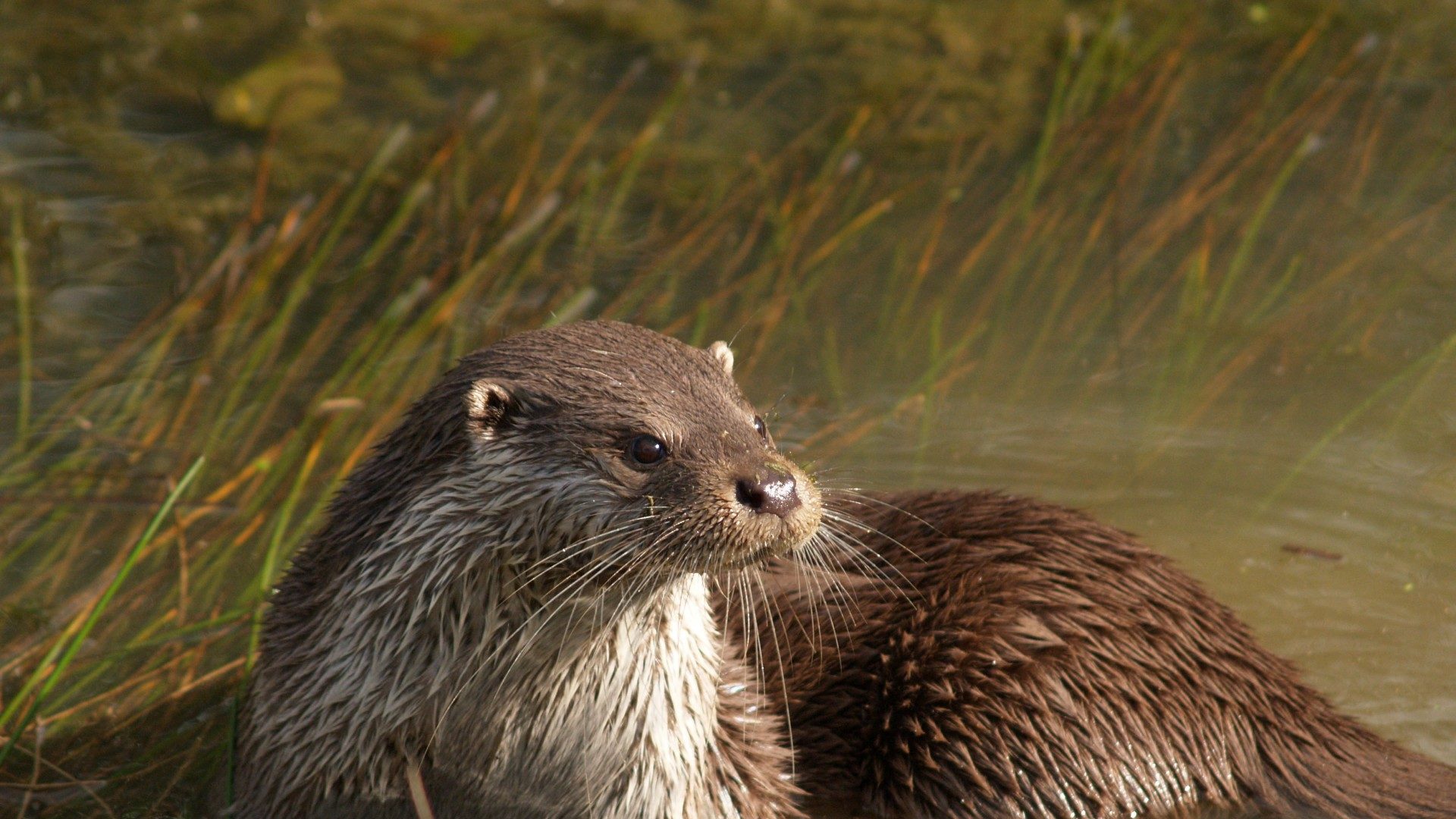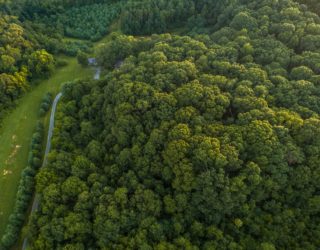With growing numbers of otters in the UK the chance of coming across one of these fascinating creatures has never been better. The Eurasian otter (lutra lutra) is a wide-ranging member of the mustelid family and is present throughout Europe, including the UK, large parts of Asia and northern Africa.
Otters are sub aquatic animals that inhabit a diverse range of habitats including rivers, streams, lakes and coastal areas. They live alone for most of the year with each individual holding a territory typically 18km long. Otters are nocturnal animals with peak activity at dusk and dawn. Hunting at night in murky waters might sound challenging, but otters have an acute sense of hearing and smell along with highly sensitive whiskers which allow them to detect prey. They predate mainly on fish but are also opportunistic feeders and will take frogs, birds and crayfish among others.
Mating can occur at any time of the year as they are non-seasonal breeders, with the female becoming the sole provider for, on average, two to three cubs. The cubs spend the first two months of their lives inside a structure called a holt. Holts are normally natural cracks and crevices associated with the root systems of trees on the side of river or lake banks. Otters may also utilise burrows dug by other animals and will very rarely dig their own holts. Cubs will leave their mother when they are around six months to venture out in the hope of establishing their own territory.
Otters are European Protected Species and are also fully protected under the Wildlife and Countryside Act 1981. Consequently, to comply with environmental law and planning policy, otter surveys may be a requirement of development projects. Unlike many other species surveys, which can only be done during certain times of the year, otter surveys can be done all year round, as otters don’t hibernate and breed throughout the year. Construction activities may have to wait until otters have finished breeding if this occurs on or near the development site.
Contact us if otters may be present on your site.











